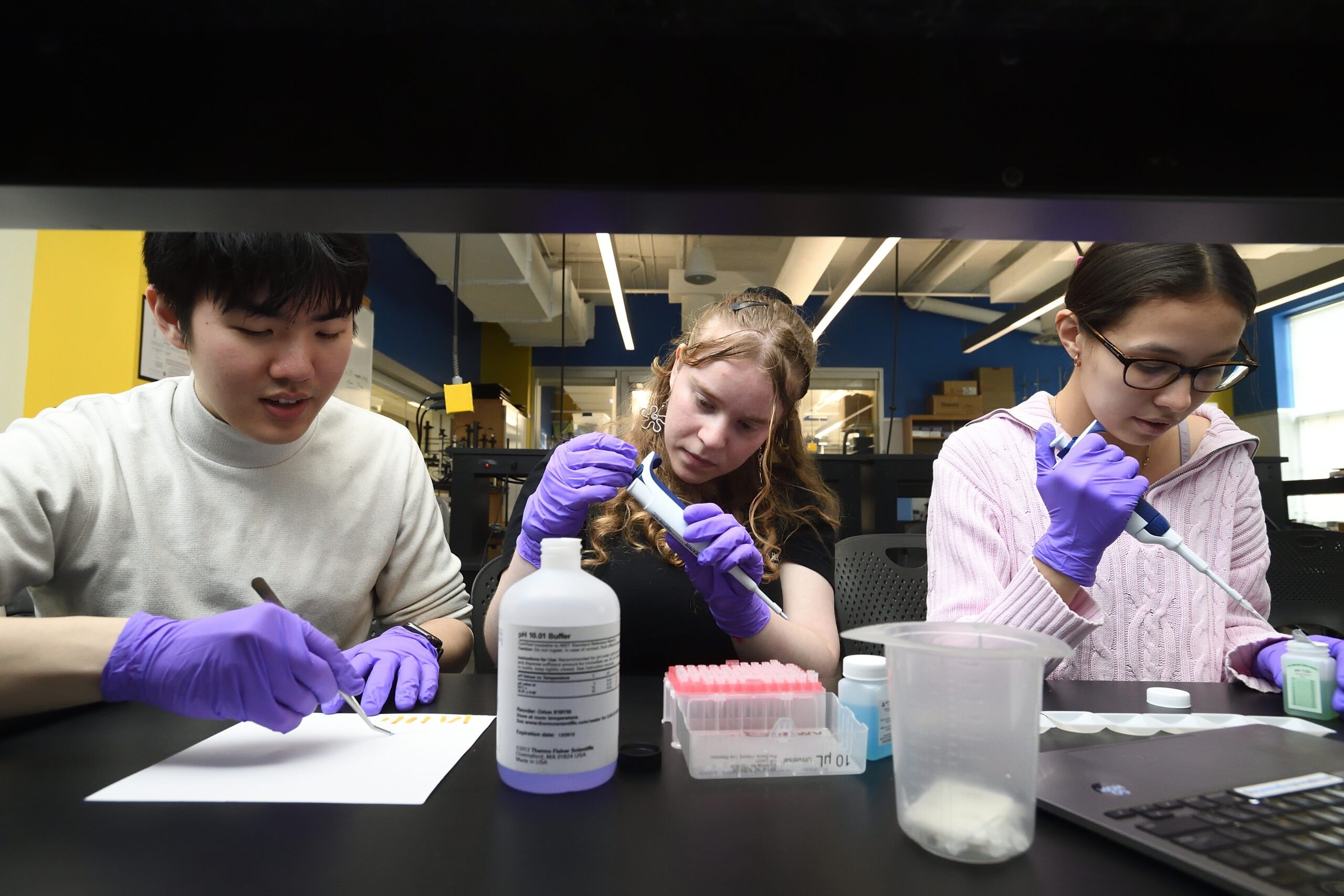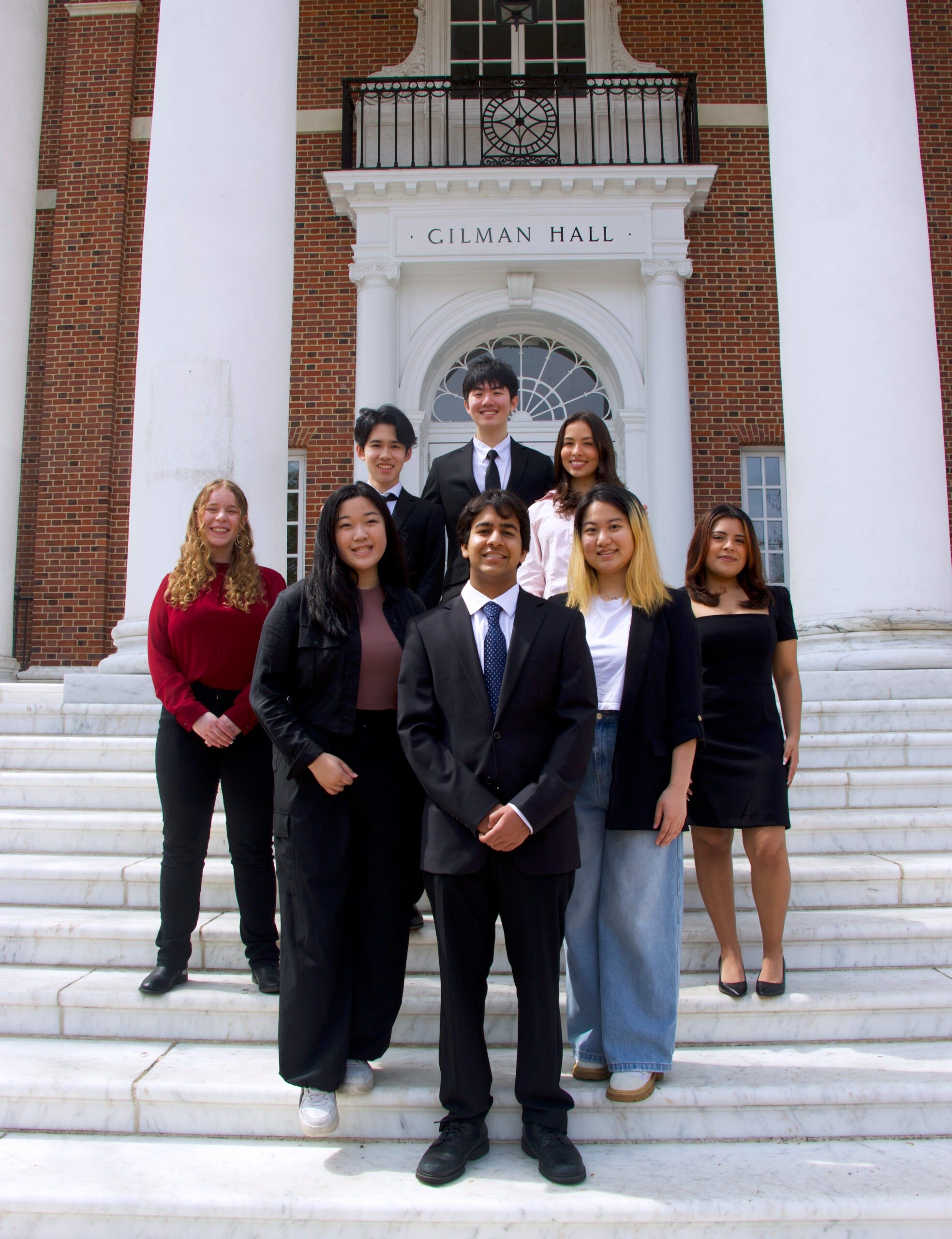Dental implants are gaining popularity, with the percentage of Americans with implants expected to reach 32% by next year. While they are a reliable and long-lasting solution for replacing lost teeth, implants still come with risks, including peri-implantitis, which starts with gum inflammation but can progress to bone loss and implant failure.
To improve the longevity of dental implants, a team of undergraduate biomedical engineers at Johns Hopkins University are working on a new way to catch warning signs of inflammation.
“A major challenge in combating peri-implantitis is the lack of testing technologies that can detect or predict early inflammations,” said team leader Stone Meng, a third-year biomedical engineering student. “Our solution will enable dentists to identify this problem early, which is critical for protecting the long-term success of expensive dental implants for patients.”
The team will present its project on April 29 at the Whiting School of Engineering’s Design Day, an annual event showcasing students’ solutions to real-world problems.
Meng said the team’s goal is to give dentists a tool to detect inflammation when it is reversible and well before it progresses to peri-implantitis, which often requires surgical intervention. To do this, the student’s prototype device determines implant health by measuring the pH of peri-implant crevicular fluid (PICF), a fluid that accumulates between the implant and the surrounding gums. A sample is collected using an absorbent paper point and analyzed with the team’s computing software, producing a pH reading that indicates potential inflammation.


